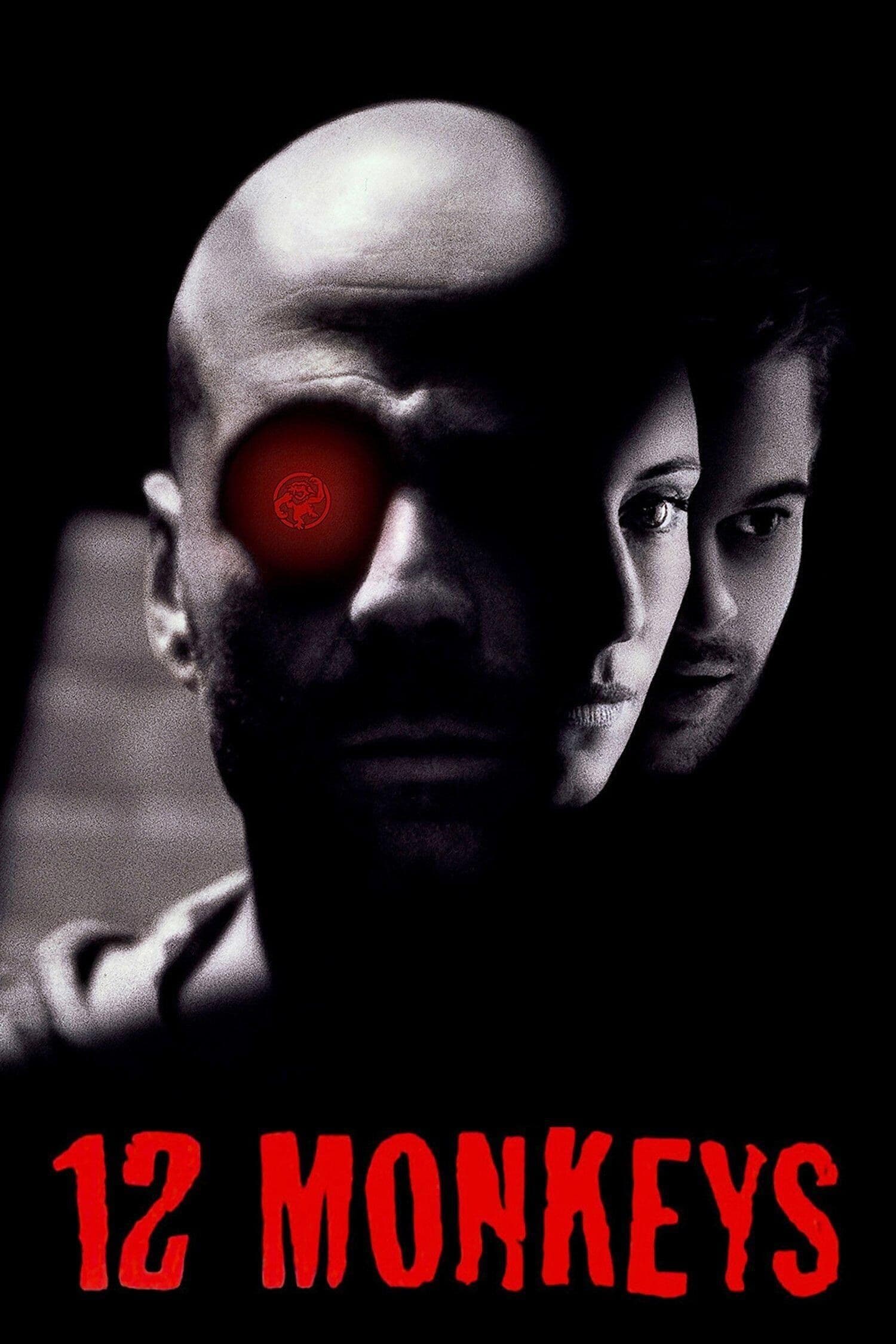
Twelve Monkeys
1995
Rate this movie
Average: 0.00 / 5
(0 votes)
Director
When Chris Marker wrote La jetée in 1962, he created a story that would influence dozens of filmmakers who would owe that modest masterpiece a debt of gratitude. His audacious choice to narrate entirely through a succession of still photographs, interspersed with a single, harrowing, brief moving shot, lent the work an almost dreamlike quality, an indistinguishable fusion of memory and premonition. It was an essay on the cyclical nature of time, the fatality of destiny, and the elusive nature of perception, capable of imprinting an indelible mark on the viewer's mind, more powerful than many traditional films.
One such filmmaker is certainly Terry Gilliam who, fascinated by Marker's story and how it was told, decided over thirty years later to create a sort of remake, or rather a cinematic adaptation, given that Marker's work was made entirely without filmed footage, but with a technique of successive photographs. Gilliam, undisputed master of ordered chaos and overflowing imagination, did not merely transpose the plot: he grasped its deepest essence, that melancholic meditation on predestination and the fragility of the human psyche, filtering it through the distorted and magniloquent lens of his visual universe.
To do so, Gilliam naturally relied on the author of the original story, Chris Marker, who co-wrote the film's screenplay in collaboration with David and Janet Peoples. This creative partnership was key to the film's success, ensuring fidelity to the original spirit while allowing Gilliam to infuse his distinctive baroque vision.
The result was an apocalyptic and visionary film that connected with the surreal and dreamlike atmospheres of Brazil, filtering them through the watermark of dystopia. The connection with Brazil is not purely stylistic; Gilliam, in fact, is an artist obsessed with bureaucratic labyrinths, the madness pervading systems, and the solitary hero battling an ineluctable destiny. His settings are always imbued with decay and oppression, and here too his hand is evident in the creation of a dirty, functional future, devoid of any glimmer of hope, where scientific control replaces political control, but with equally dehumanizing outcomes.
In 2035, the human race is holed up underground after a virus has wiped out 99% of it. The surface world has been reclaimed by wild nature and animals escaped from zoos, a vivid image that evokes the power of nature in the face of human civilization's insignificance.
The new society formed in the underground shelters is governed by scientists who are studying how to eradicate the virus in order to return to the surface. In this claustrophobic vision of the future, technology has become a means of pure survival, devoid of aesthetics or comfort, dominated by tangled cables and noisy machinery, a manifesto of Gilliam-esque anti-utopia.
To do so, they send prisoners to collect samples, protected by anti-contagion suits. The theme of condemnation and sacrifice is evident here: the last glimmers of hope are entrusted to those society has already discarded, in a pragmatic cynicism that defines the new morality.
One of these prisoners is sent into the past to trace the cause that gave rise to such devastation. James Cole is thus sent back to 1990 with a single clue: to find who or what represents the Army of the 12 Monkeys, an organization that seems connected to the spread of the lethal virus.
Cole begins his investigation bewildered by the temporal leap and the environmental change his body must endure. His odyssey is a psychic torment, a journey not only through time but into the progressive disintegration of his own perception of reality. The line between mission and madness becomes increasingly blurred, transforming his investigation into a sort of lucid nightmare, where memories of the future and ghosts of the past merge into an indistinct stream of consciousness.
He finds an ally in a psychologist to track down those responsible, while his investigation leads him to a psychiatric institution. Here, Brad Pitt's histrionic and feverish performance as Jeffrey Goines, a schizophrenic patient and son of a celebrated virologist, stands as a beacon of chaos and ambiguity, earning him an Oscar nomination. Pitt perfectly embodies the disorienting nature of the plot, suggesting with his maniacal energy that madness might be the only sensible response to a world gone mad. Dr. Railly, portrayed by Madeleine Stowe, becomes his mirror, his lifeline, and, paradoxically, the key to understanding the tragic cyclicity of destiny.
An absolutely fascinating film in its reconstructions of a world devastated by pollution and social tensions. Gilliam, a true visual demiurge, immerses the viewer in an aesthetic of ruin: future cities are an underground labyrinth of pipes and cables, claustrophobic and inhospitable, while past eras are permeated by a sense of chaotic disorder, a premonition of imminent catastrophe.
There are many elements that make this work a superb fresco of modern science fiction: the theme of dystopia, that of time travel, then certainly the mystery aspect with the puzzle of the virus's origin to be pieced together, the psychological portrayal of the protagonist who sees his past return in a kind of dreamlike stream of consciousness. The temporal vertigo in 12 Monkeys is not merely a narrative device, but the core of a deeper reflection on predestination and free will. Cole is trapped in a temporal loop, a visual and narrative ouroboros, where every attempt to alter the past only ends up consolidating the events he tried to prevent. The question is not whether the future can be changed, but whether man is capable of escaping his own destiny, a question that resonates with the philosophical determinism of thinkers like Nietzsche or Eco himself. This makes the film not just a genre work, but an intense existential tragedy, in which memory, madness, and foresight merge into a single, ineluctable vision.
A fervent and luxuriant narrative born from the seed sown by Chris Marker and brought to fruition by the visionary talent of Terry Gilliam, who, with 12 Monkeys, offered the public not only a science fiction masterpiece but a keen inquiry into the human psyche and the labyrinthine nature of time. A film that continues to resonate, today more than ever, with our collective fears and with the eternal question of the control we have over our future.
Country
Gallery

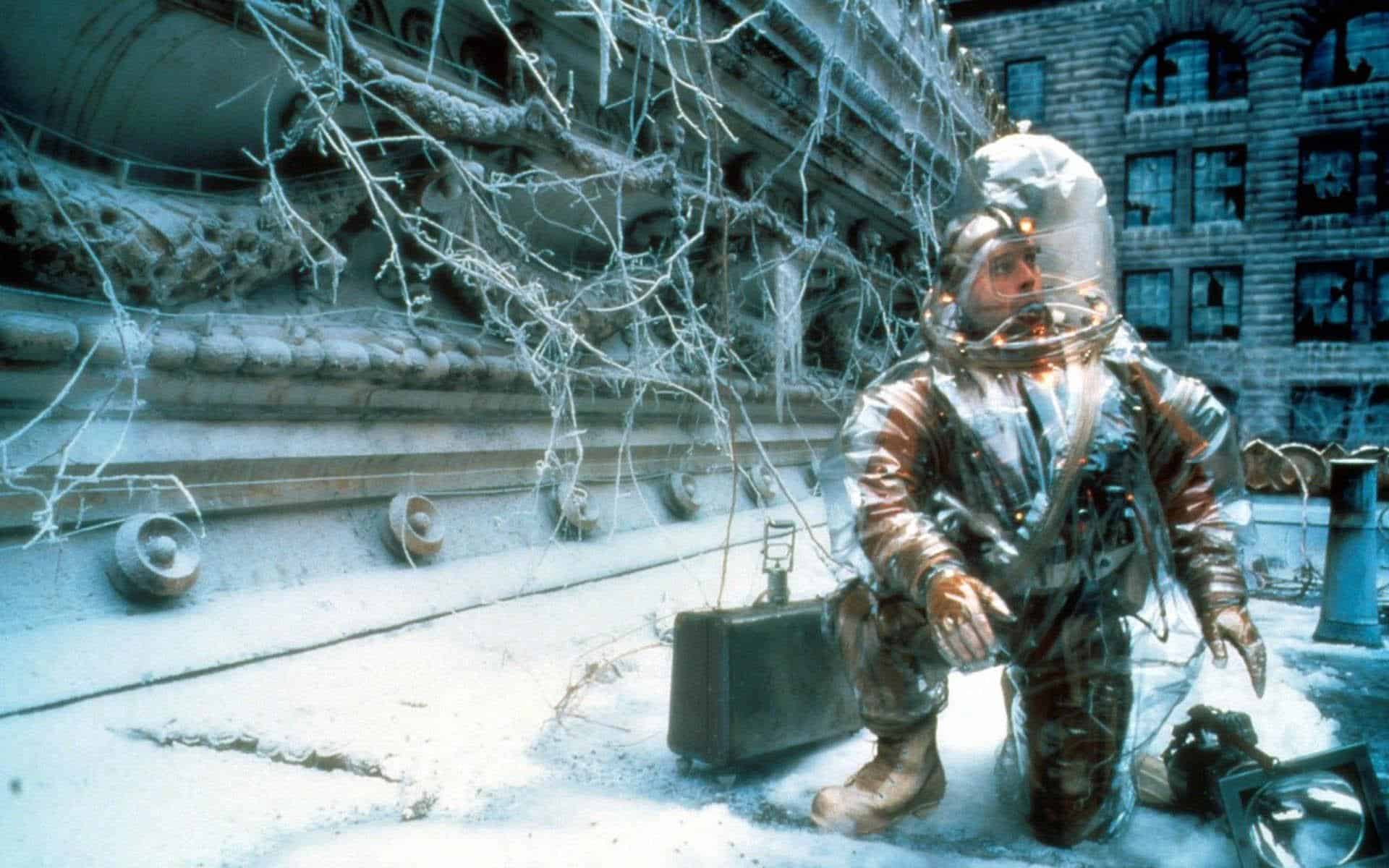


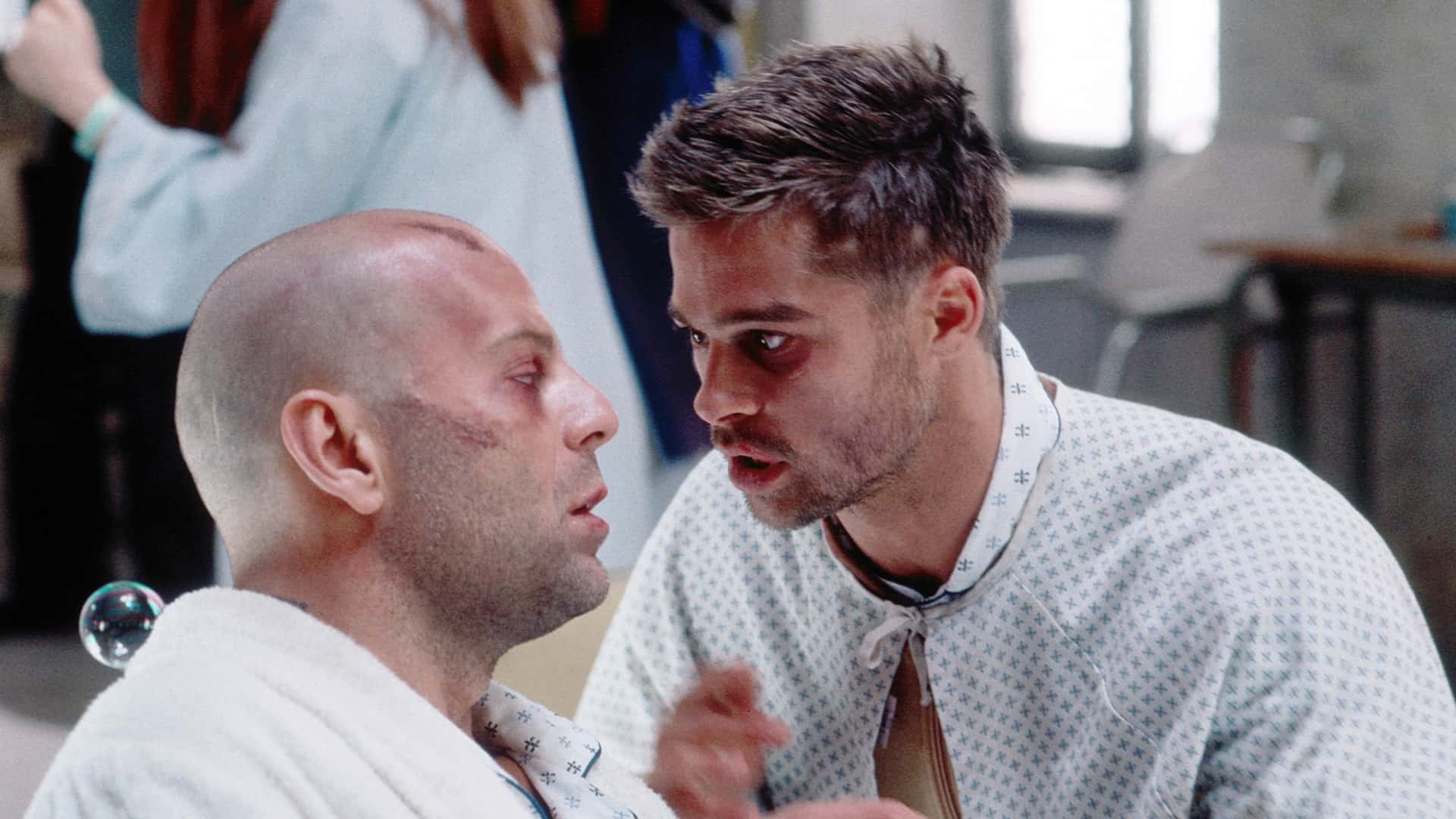
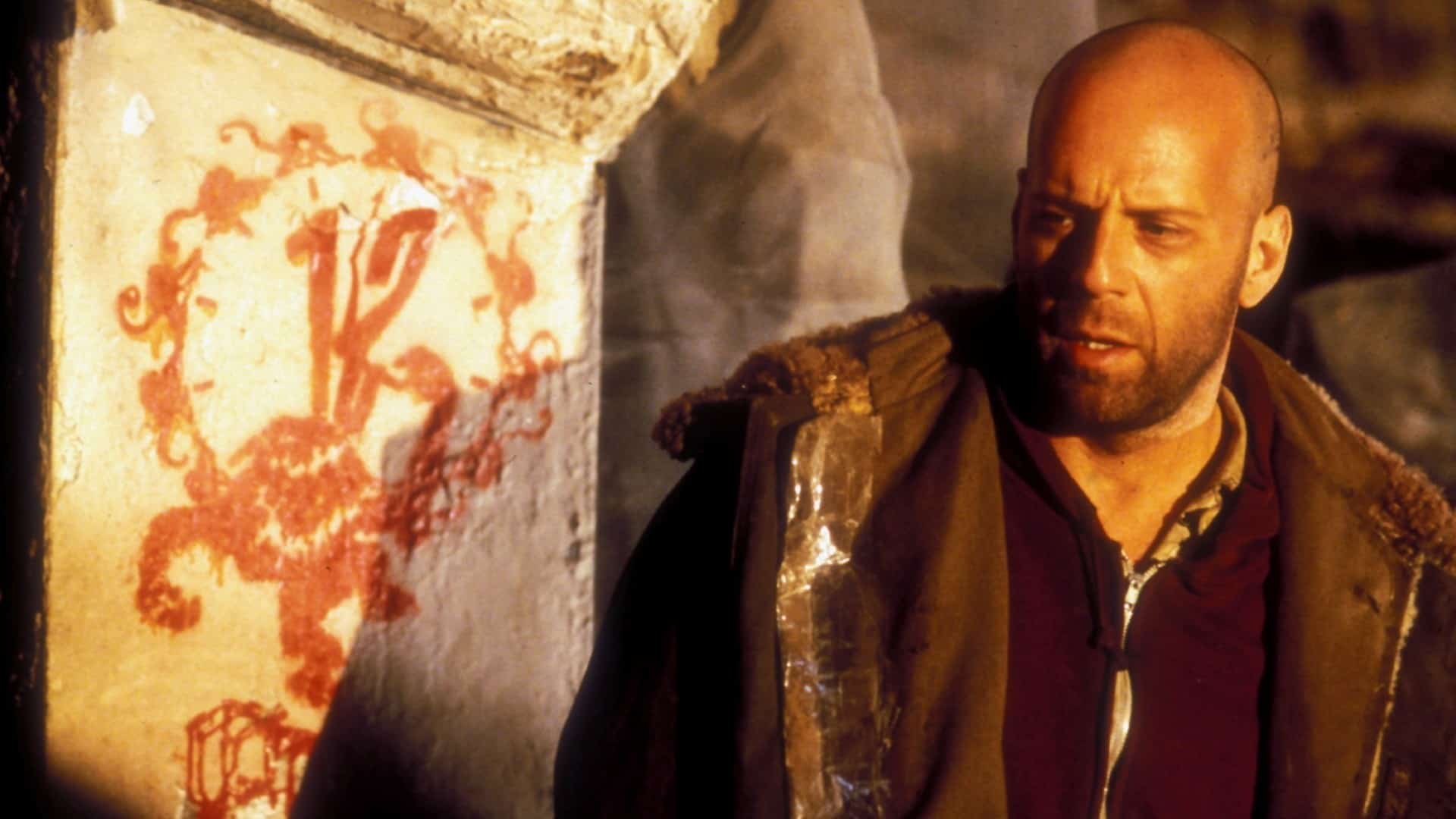
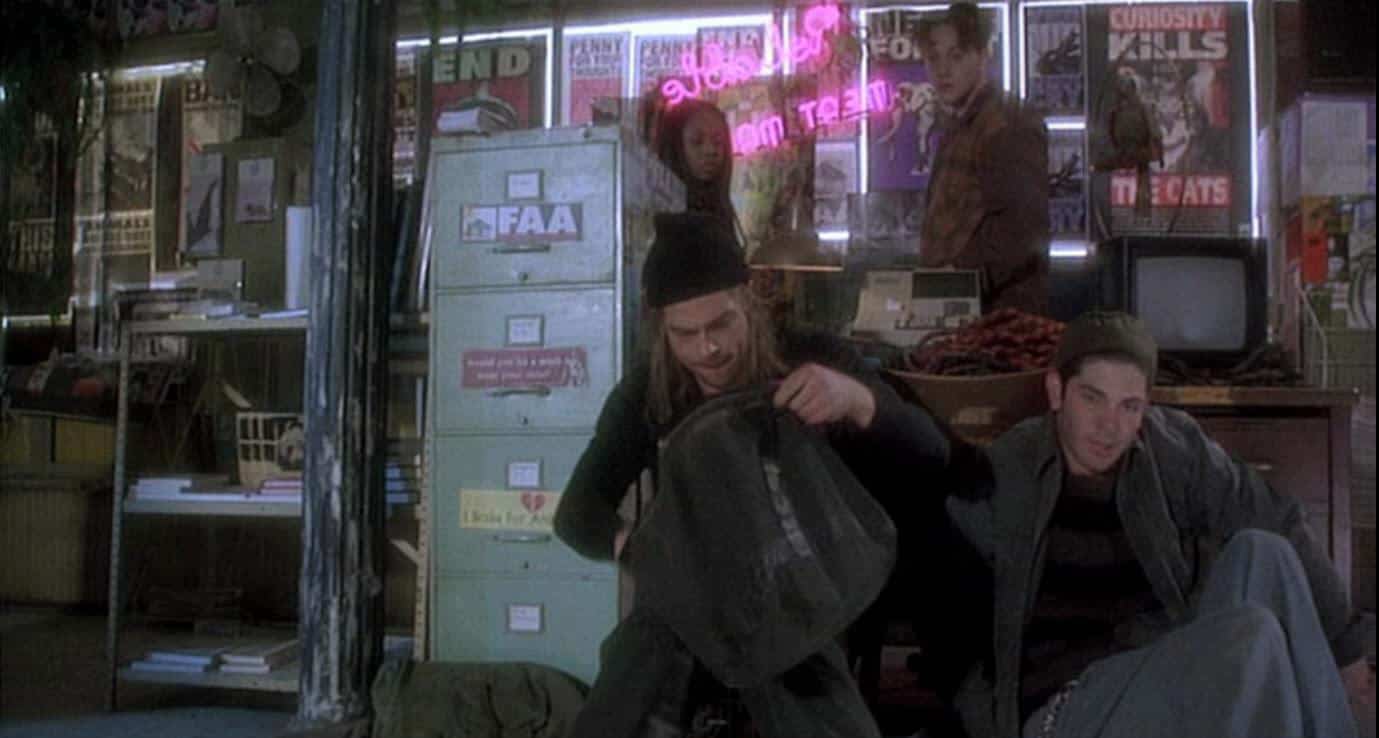

Featured Videos
Official Trailer
Comments
Loading comments...